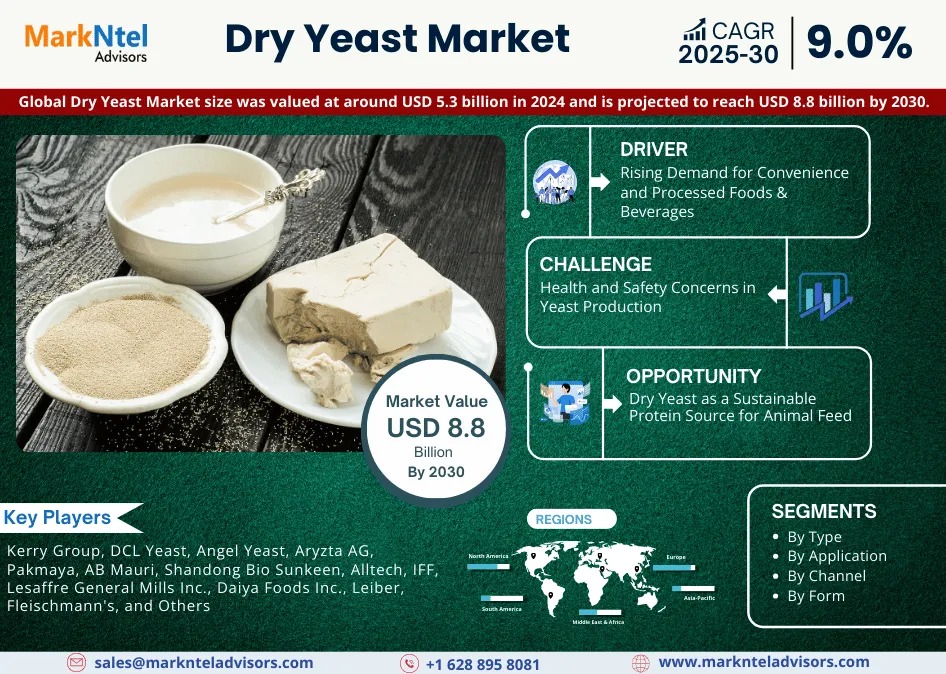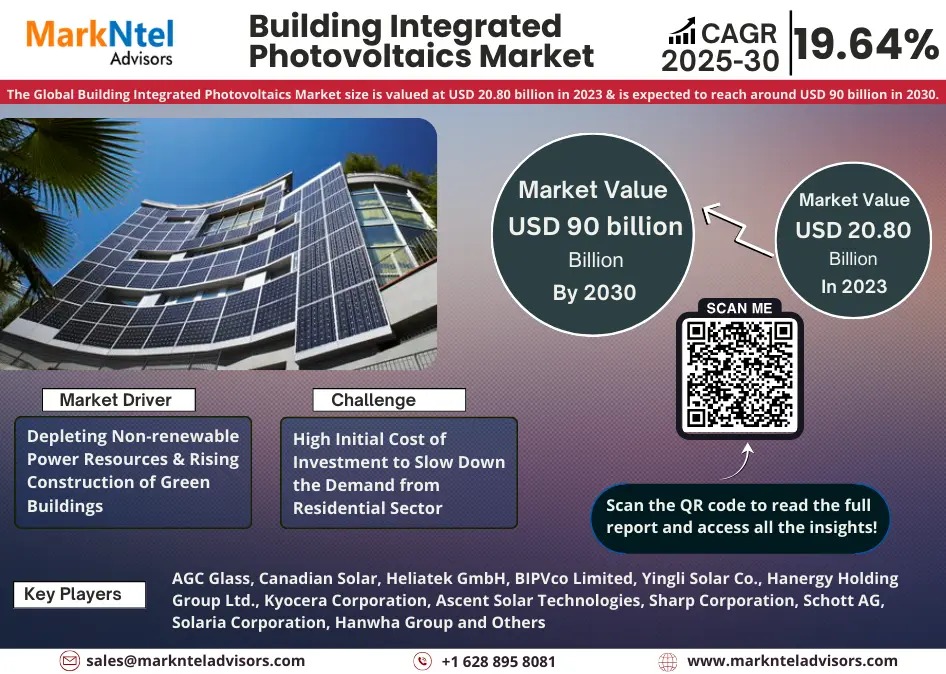
The journey from startup idea to market-dominating application is fraught with technical challenges that can make or break a business. While initial development focuses on proving concept viability, the real test comes when applications must scale to handle thousands, then millions of users without compromising performance or user experience. This critical transition phase separates successful startups from those that crumble under their own success. Companies like Appkodes have mastered the art of building scalable architectures from day one, ensuring that startup applications can grow seamlessly from prototype to enterprise-scale solutions.
The Scalability Imperative in Startup App Development
Scalability in mobile applications encompasses multiple dimensions: user load, data volume, feature complexity, and geographic distribution. Unlike traditional software that might scale gradually over years, mobile applications can experience explosive growth overnight. A viral feature, media coverage, or strategic partnership can multiply user base exponentially within days or weeks.
The challenge for startup app development lies in building systems that can handle this growth without requiring complete architectural overhauls. This requires forward-thinking design decisions that balance current resource constraints with future scalability needs. The key is implementing scalable patterns from the beginning while avoiding over-engineering that consumes precious startup resources.
Modern scalable architectures must also accommodate the diverse mobile ecosystem. Users access applications from various devices, operating systems, and network conditions. A truly scalable architecture ensures consistent performance across this heterogeneous environment while maintaining development efficiency.
Microservices Architecture for Mobile Applications
Microservices architecture has emerged as the gold standard for scalable mobile applications. Instead of building monolithic backends, this approach breaks functionality into independent services that can be developed, deployed, and scaled independently. For startups, this architecture provides flexibility to iterate rapidly while maintaining system stability.
The implementation of microservices in mobile contexts requires careful consideration of service boundaries. Each service should represent a distinct business capability, such as user management, content delivery, or payment processing. This separation allows different teams to work on different services simultaneously while minimizing dependencies.
Service communication becomes critical in microservices architectures. Implementing robust API gateways ensures consistent interfaces for mobile applications while allowing backend services to evolve independently. Message queues and event-driven architectures enable asynchronous communication that improves system resilience and performance.
Container orchestration platforms like Kubernetes have revolutionized microservices deployment. These platforms provide automatic scaling, load balancing, and fault tolerance that are essential for startup applications experiencing rapid growth. The ability to scale individual services based on demand rather than scaling entire applications provides significant cost and performance advantages.
Database Scalability Strategies
Database architecture represents one of the most critical scalability decisions in mobile application development. Traditional relational databases, while powerful, often become bottlenecks as applications scale. Modern scalable architectures implement database strategies that can handle massive concurrent loads while maintaining data consistency.
Database sharding distributes data across multiple database instances, allowing horizontal scaling that can accommodate virtually unlimited growth. The challenge lies in choosing appropriate sharding strategies that maintain query performance while avoiding hotspots. Geographic sharding, user-based sharding, and feature-based sharding each offer different advantages depending on application characteristics.
NoSQL databases provide alternative approaches to scalability that are particularly well-suited to mobile applications. Document databases like MongoDB excel at handling the flexible, hierarchical data structures common in mobile applications. Graph databases become essential for applications with complex relationship modeling, such as social networks or recommendation engines.
Database replication strategies ensure both scalability and reliability. Master-slave replication provides read scalability while maintaining write consistency. Multi-master replication enables geographic distribution that reduces latency for global user bases. The choice of replication strategy depends on application requirements for consistency, availability, and partition tolerance.
Caching strategies represent another crucial component of database scalability. Implementing multi-level caching from application-level caches to distributed caching systems like Redis can dramatically reduce database load while improving response times. The key is designing cache invalidation strategies that maintain data consistency without sacrificing performance.
API Design for Scale
Application Programming Interface design directly impacts scalability potential. Well-designed APIs enable efficient data transfer, minimize network overhead, and provide flexibility for future enhancements. Poor API design can create bottlenecks that limit scalability regardless of backend infrastructure capabilities.
RESTful API design principles provide a foundation for scalable interfaces. Proper use of HTTP methods, status codes, and resource modeling creates intuitive, cacheable APIs that scale effectively. However, modern applications often benefit from more sophisticated API patterns that optimize for mobile-specific requirements.
GraphQL has emerged as a powerful alternative to REST for mobile applications. Its ability to fetch exactly the data needed in a single request reduces network overhead and improves performance, particularly important for mobile applications operating under bandwidth constraints. The flexibility of GraphQL also enables rapid frontend development without requiring backend changes.
API versioning strategies become crucial as applications scale and evolve. Implementing semantic versioning and backward compatibility ensures that existing mobile applications continue functioning while new features are added. This is particularly important for mobile applications where users may not update immediately.
Rate limiting and throttling mechanisms protect APIs from abuse while ensuring fair resource allocation. Implementing sophisticated rate limiting based on user tiers, API endpoints, and usage patterns enables monetization strategies while maintaining system stability.
Real-Time Communication Architecture
Modern mobile applications increasingly require real-time communication capabilities. Whether for chat features, live updates, or collaborative functionality, implementing scalable real-time communication presents unique challenges that require specialized architectural approaches.
WebSocket connections provide persistent, bidirectional communication between mobile applications and servers. However, scaling WebSocket connections requires careful consideration of connection management, message routing, and server resources. Implementing WebSocket clusters with load balancing ensures that real-time features can scale to millions of concurrent connections.
Message queuing systems like Apache Kafka or RabbitMQ provide the backbone for scalable real-time systems. These systems enable decoupling of message producers and consumers while providing durability, ordering guarantees, and fault tolerance essential for production applications.
Push notification systems require scalable architectures that can handle millions of simultaneous notifications while maintaining delivery reliability. Implementing notification queues, retry mechanisms, and delivery tracking ensures that critical communications reach users even during high-traffic periods.
Content Delivery and Media Scaling
Media content represents one of the largest scalability challenges for mobile applications. Images, videos, and other media files consume significant bandwidth and storage resources while requiring global distribution for optimal performance.
Content Delivery Networks (CDNs) provide global distribution of static assets that dramatically improves performance for users regardless of geographic location. Modern CDNs also provide edge computing capabilities that enable dynamic content generation closer to users, reducing latency for personalized experiences.
Adaptive media streaming ensures optimal performance across varying network conditions. Implementing multiple quality levels and intelligent switching algorithms provides smooth playback experiences while minimizing bandwidth usage. This is particularly important for applications serving users in regions with limited connectivity.
Image optimization and processing pipelines become essential for applications handling user-generated content. Implementing automatic image compression, format conversion, and thumbnail generation reduces storage costs while improving application performance. Progressive loading strategies ensure that users see content immediately while high-quality versions load in the background.
Monitoring and Observability
Scalable applications require comprehensive monitoring and observability to identify performance bottlenecks and potential issues before they impact users. This requires implementing monitoring strategies that provide visibility into all aspects of application performance.
Application Performance Monitoring (APM) tools provide real-time visibility into application behavior, including response times, error rates, and resource utilization. These tools enable proactive identification of performance issues that could impact scalability.
Distributed tracing becomes essential for microservices architectures where requests span multiple services. Implementing tracing solutions like Jaeger or Zipkin provides end-to-end visibility into request flows, enabling quick identification of performance bottlenecks.
Log aggregation and analysis systems provide historical insights into application behavior. Implementing centralized logging with tools like ELK Stack (Elasticsearch, Logstash, Kibana) enables pattern recognition and trend analysis that inform scalability decisions.
Custom metrics and dashboards provide business-specific insights into application performance. Implementing metrics that align with business objectives enables data-driven decisions about infrastructure investments and optimization priorities.
Security Considerations in Scalable Architectures
Security becomes increasingly complex as applications scale. Implementing security measures that protect user data and prevent attacks while maintaining performance requires sophisticated architectural approaches.
Authentication and authorization systems must scale with user growth while maintaining security standards. Implementing OAuth 2.0 and JWT tokens provides stateless authentication that scales horizontally. Multi-factor authentication adds security layers without significantly impacting performance.
Data encryption at rest and in transit becomes non-negotiable for scalable applications. Implementing end-to-end encryption while maintaining query performance requires careful consideration of encryption algorithms and key management strategies.
Network security measures must scale with traffic growth. Implementing Web Application Firewalls (WAFs), DDoS protection, and intrusion detection systems ensures that security measures don’t become bottlenecks as traffic increases.
Cloud-Native Deployment Strategies
Cloud platforms provide the infrastructure flexibility essential for scalable mobile applications. Implementing cloud-native deployment strategies enables automatic scaling, geographic distribution, and cost optimization that are crucial for startup success.
Infrastructure as Code (IaC) enables reproducible, scalable deployments across multiple environments. Tools like Terraform and AWS CloudFormation provide version-controlled infrastructure management that scales with application complexity.
Serverless architectures offer compelling advantages for certain application components. Functions as a Service (FaaS) platforms provide automatic scaling and pay-per-use pricing that aligns with startup financial models. However, implementing serverless architectures requires careful consideration of cold start latency and vendor lock-in.
Container orchestration platforms provide the foundation for scalable application deployment. Kubernetes offers powerful scaling capabilities, service discovery, and fault tolerance that are essential for production applications. However, the complexity of container orchestration requires significant expertise to implement effectively.
Future-Proofing Scalable Architectures
Building truly scalable architectures requires anticipating future technology trends and user expectations. This involves implementing flexible architectures that can adapt to changing requirements without requiring complete rebuilds.
API-first design ensures that applications can evolve to support new platforms and interfaces. Implementing comprehensive APIs from the beginning enables integration with emerging technologies like IoT devices, voice assistants, and augmented reality platforms.
Machine learning integration capabilities become increasingly important for competitive applications. Implementing ML pipelines that can scale with data volume and model complexity ensures that applications can leverage AI capabilities as they become more accessible.
Edge computing capabilities enable applications to process data closer to users, reducing latency while improving privacy. Implementing edge-compatible architectures positions applications to leverage this emerging computing paradigm.
Conclusion
Building scalable mobile applications requires a comprehensive approach that considers every aspect of application architecture from data storage to user interface. Companies like Appkodes have demonstrated that when scalability is considered from the beginning of startup app development, the resulting applications can grow seamlessly from prototype to enterprise scale.
The architectural strategies outlined here – from microservices implementation to cloud-native deployment – represent the current state of the art in scalable application development. However, the key to success lies not in implementing every possible scalability technique, but in choosing the right combination of strategies that align with specific application requirements and business objectives.
For startup app development companies, mastering these scalability principles is essential for delivering applications that can grow with their clients’ success. The investment in scalable architecture pays dividends through reduced technical debt, improved user experiences, and the ability to capitalize on growth opportunities without architectural constraints.





